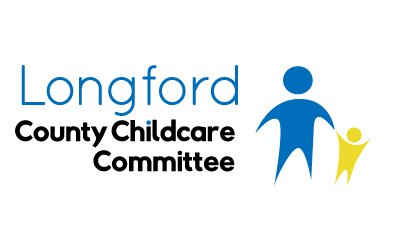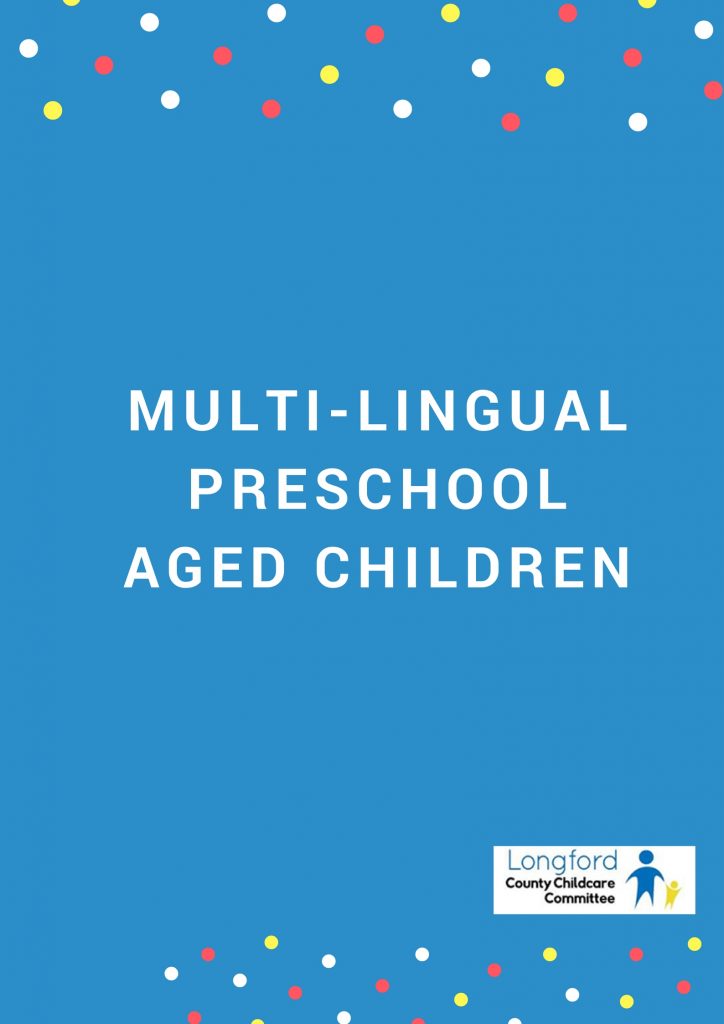Multi-Lingual Preschool Aged Children
What is Multilingualism?
Multilingualism means using more than two languages, for example, English, French and Irish whereas Bilingualism means using two languages, for example, English and French.
(Source www.aistearsiolta.ie)
For many children, the first time they attend an early years’ service is the first time they hear the English language. Services need to examine how they use their curriculum and planning to help all children learn language and develop as active learners. Examine the supports offered to children and families who use English as a second language and thus support the child to become bilingual or multilingual.
Tips for supporting children learning English as a second or additional language:
What can you do?
Advise parents to speak to their children in their home language or whatever language they are most comfortable when speaking at home.
Assure parents that their children will learn another language in your setting through play, language, literacy and everyday learning.
Allow children time to settle and feel comfortable in their surroundings.
Encourage children to use their home language or to mix languages.
Become familiar with a few common words from the child’s home language which you can apply in your environment such as Hello, Here (for roll call) and other everyday terms.
Include visual aids along with words for identifying shelves, storage and themed areas.
Adjust how you speak
Speak slowly and clearly.
Use visual aids to help children understand.
Identify words you use often in the setting and repeat often, such as toilet, snack time, story time, play, books.
Use words to write on children’s artwork.
Give child time to responds as they will take longer.
Show interest when a child tried to communicate with you.
Make sure children experience success at tasks where language is not required such as playing with blocks, artwork.
Encourage interactions as children learn from other children.
Help children enjoy books and story time – use puppets and actions and point to pictures.
Value a Child’s Home Language
Ask a parent to teach you some words in their language. Ensure your pronunciation is correct.
Learn how to say the child’s name correctly. Children’s names are an important part of their identity, do not shorten their name unless the parents have said this is what they do at home.
Encourage parents to take part in activities to celebrate cultural events, explore food and read stories.
Have culturally appropriate resources such as dress up, dramatic play area.
Have books in the child’s home language included in your book corner Parents might help you to source these or share from home.
(Source: www.aistearsiolta.ie)
Look at the Creating and using the Learning Environment Self–evaluation Tool for Birth-3years or 3-6 years for more ideas about adapting your environment to support children learning a second language.
http://www.ncca.ie/en/Practice-Guide/Creating-And-Using-The-Learning-Environment/

